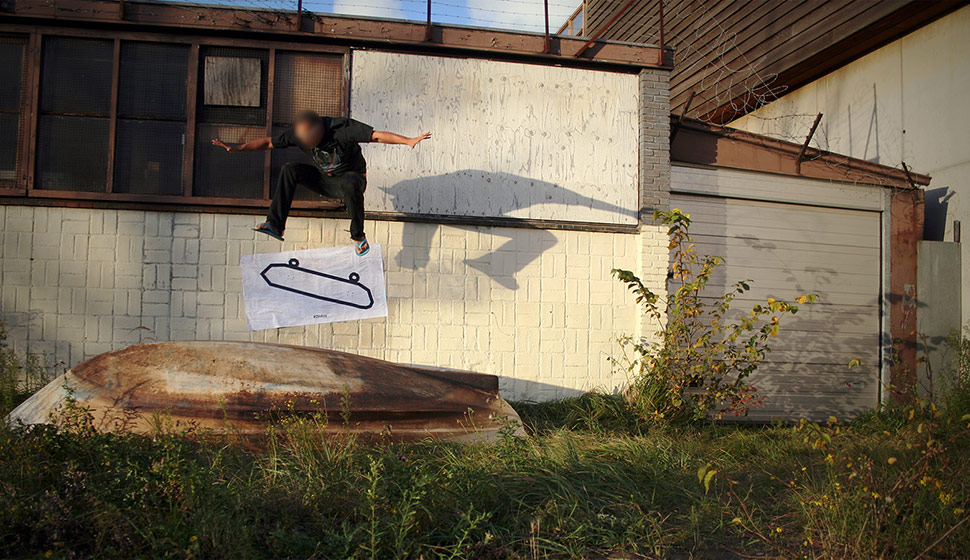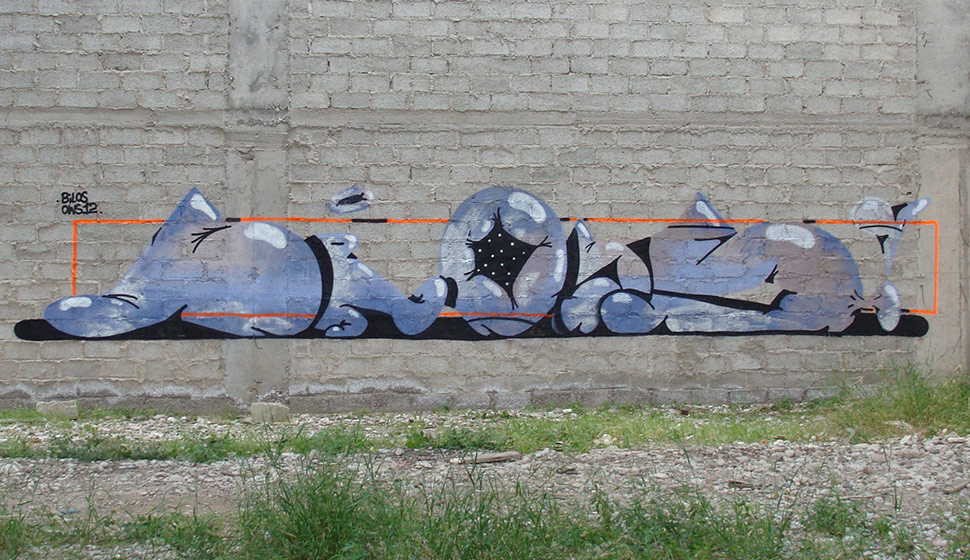
Experimental bubbles and other pretty cool pieces from Bilos aka Don Biletos from Greece.
Mona Tusz
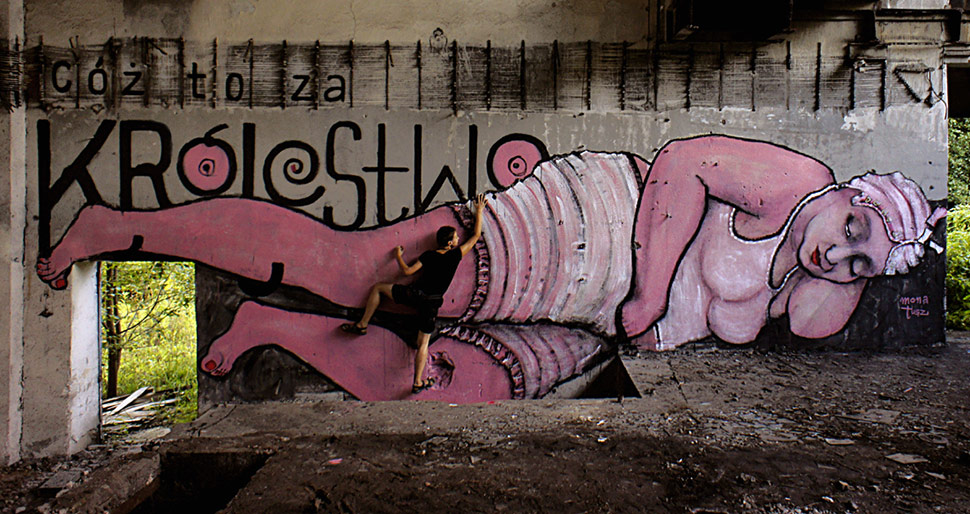
Daily flix: Mona Tusz, Tosco, Azo, Xuan Alyfe, Sendra.
Zukclub
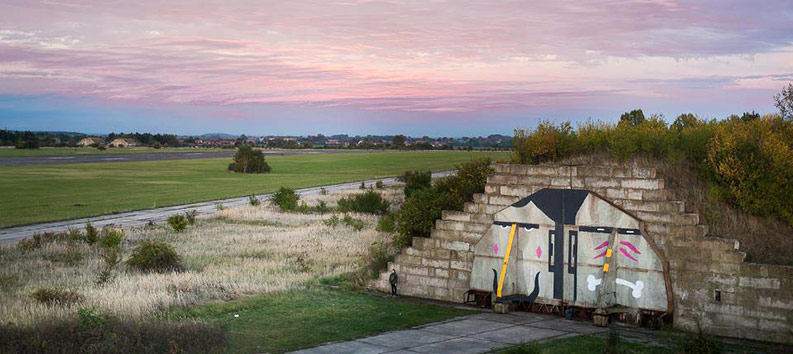
Zukclub in a Ghost-town called Milovice (CZ). It’s an abandoned military base, where you can find old soviet buildings from 70s.
Sixe Pez [Sevilla – 2005]
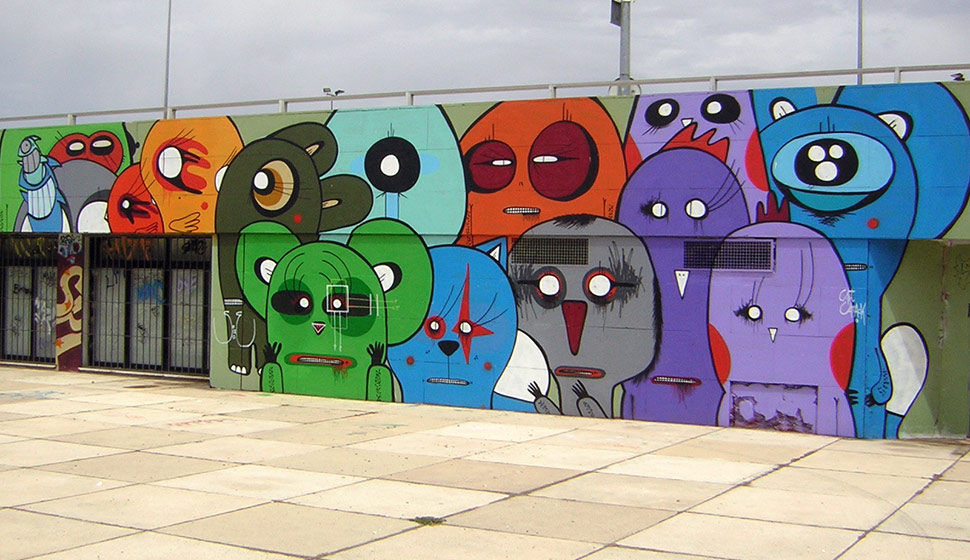
Daily flix: Sixe, Pez, Nelio, Hiksup, Collettivo fx, Auks, Sqon…
On the Run with Vermibus

Photo report by JUST of the artist VERMIBUS working on his Paintings/Adbustings the last couple of Days in Berlin.
FDCREW
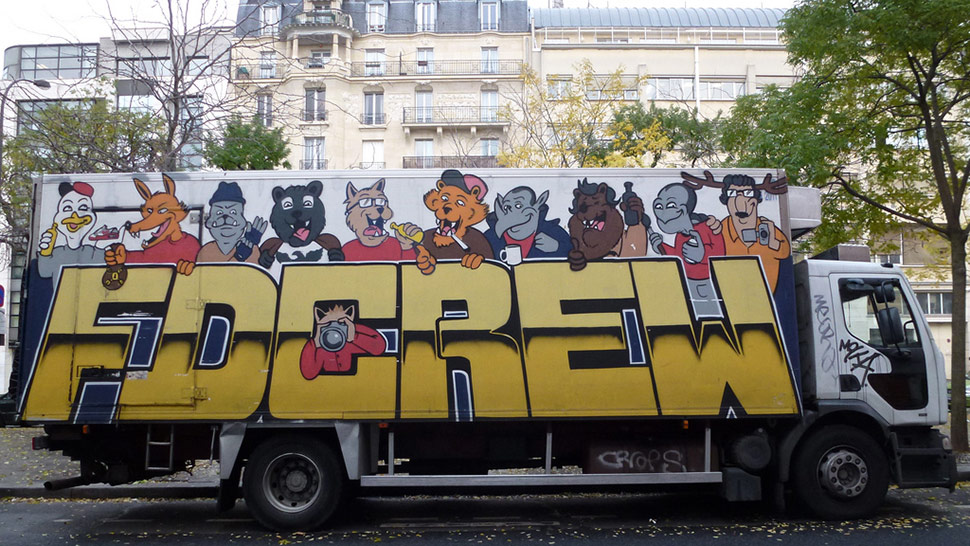 Ok the nature-break is over, let’s go back to graffiti business.
Ok the nature-break is over, let’s go back to graffiti business.
Lunar
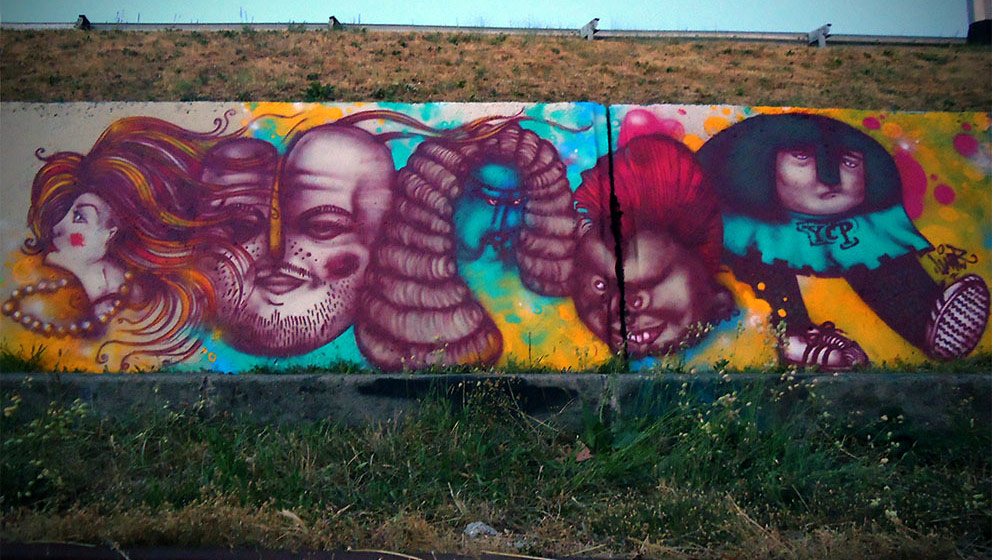
A few new photos from Lunar from Zagreb.
Antistress for Free
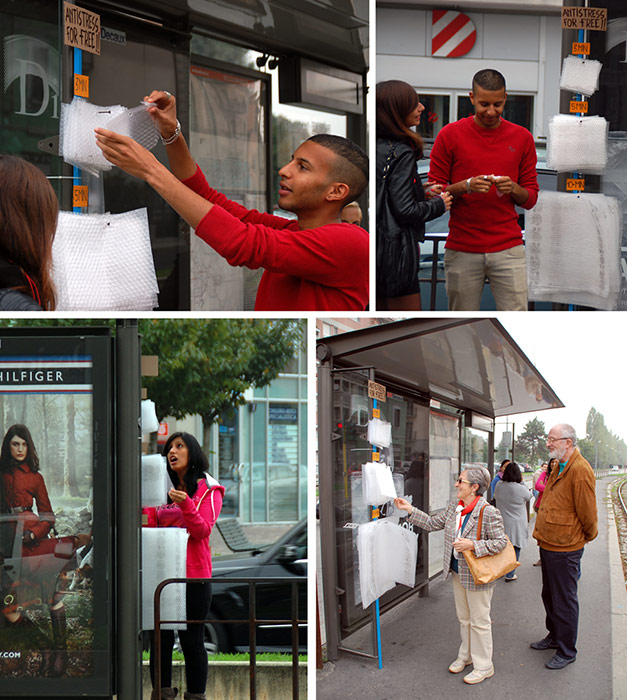
3, 5 or 10minutes of Anti-stress offered by Fra.Biancoshock in Milano bus stop.
BR1 – Public Enemies
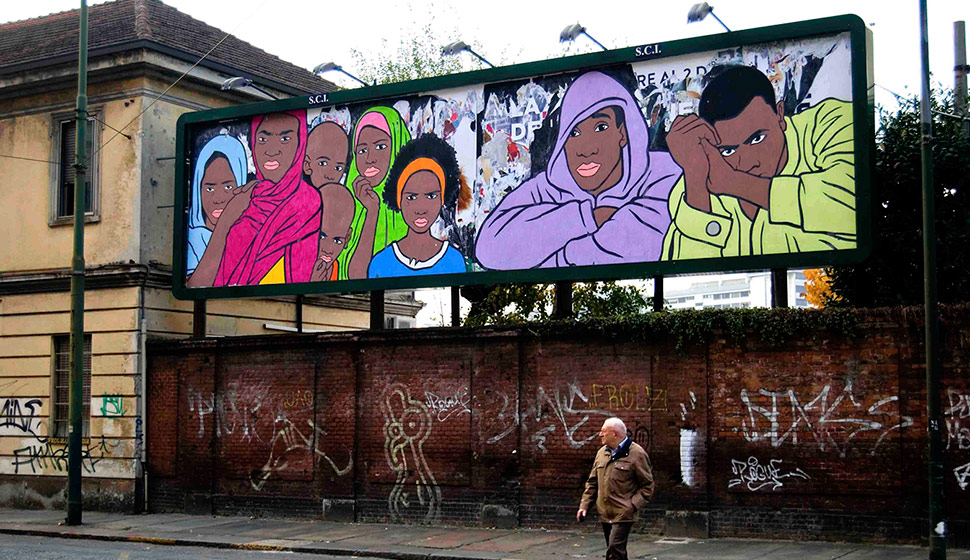
BR1 – Public Enemies : is about sans papier immigrant people, that arrive from africa with a lot of problems and here they find violence and marginalization.
NOOTK
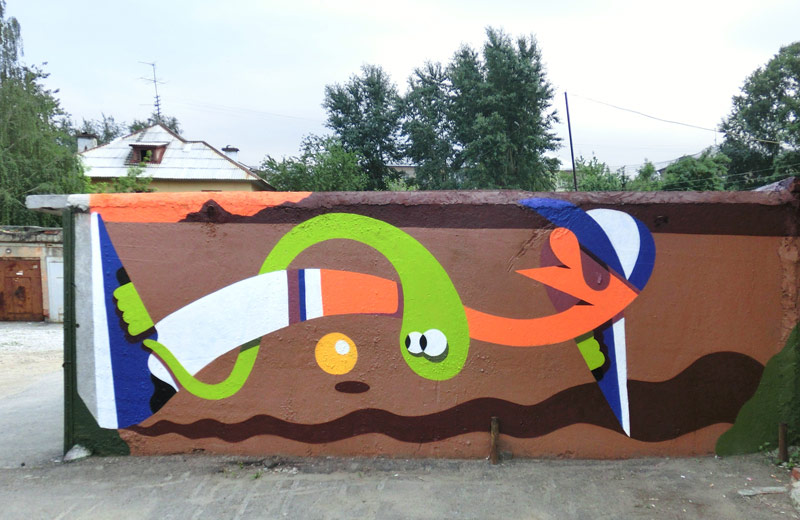
Daily flix: Nootk from Russia.
zesk
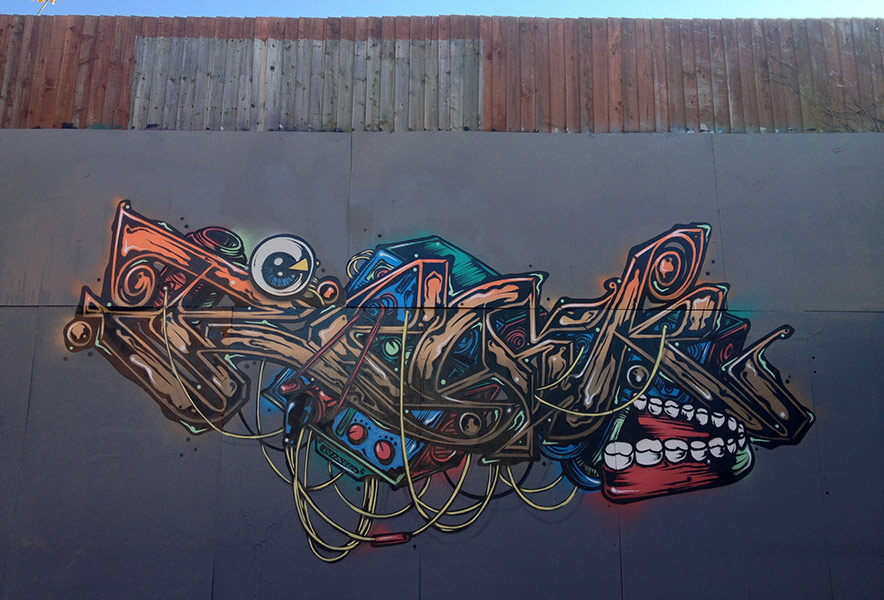
Dailyflix: ZESK, Triangulo Dorado, Editor, Pablito Zago.

